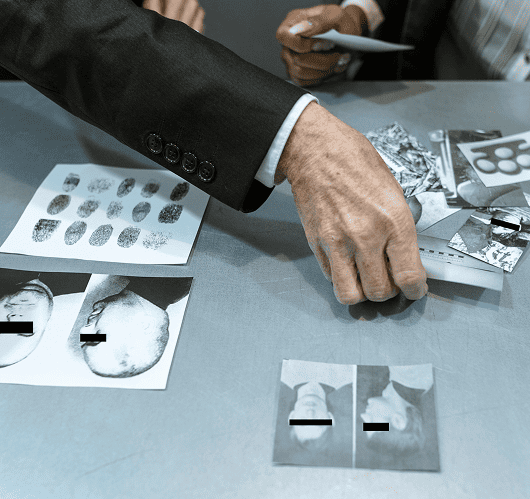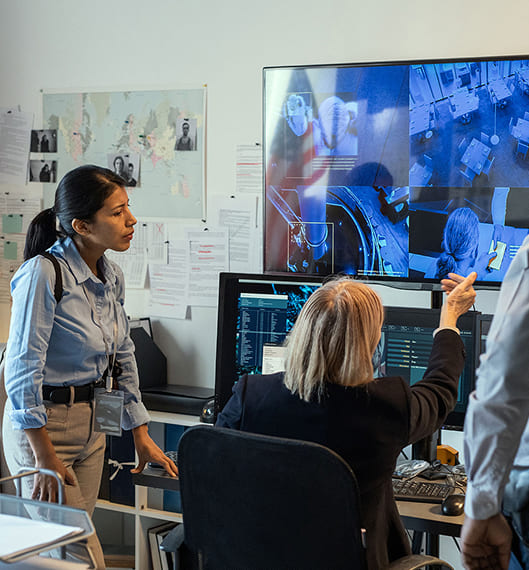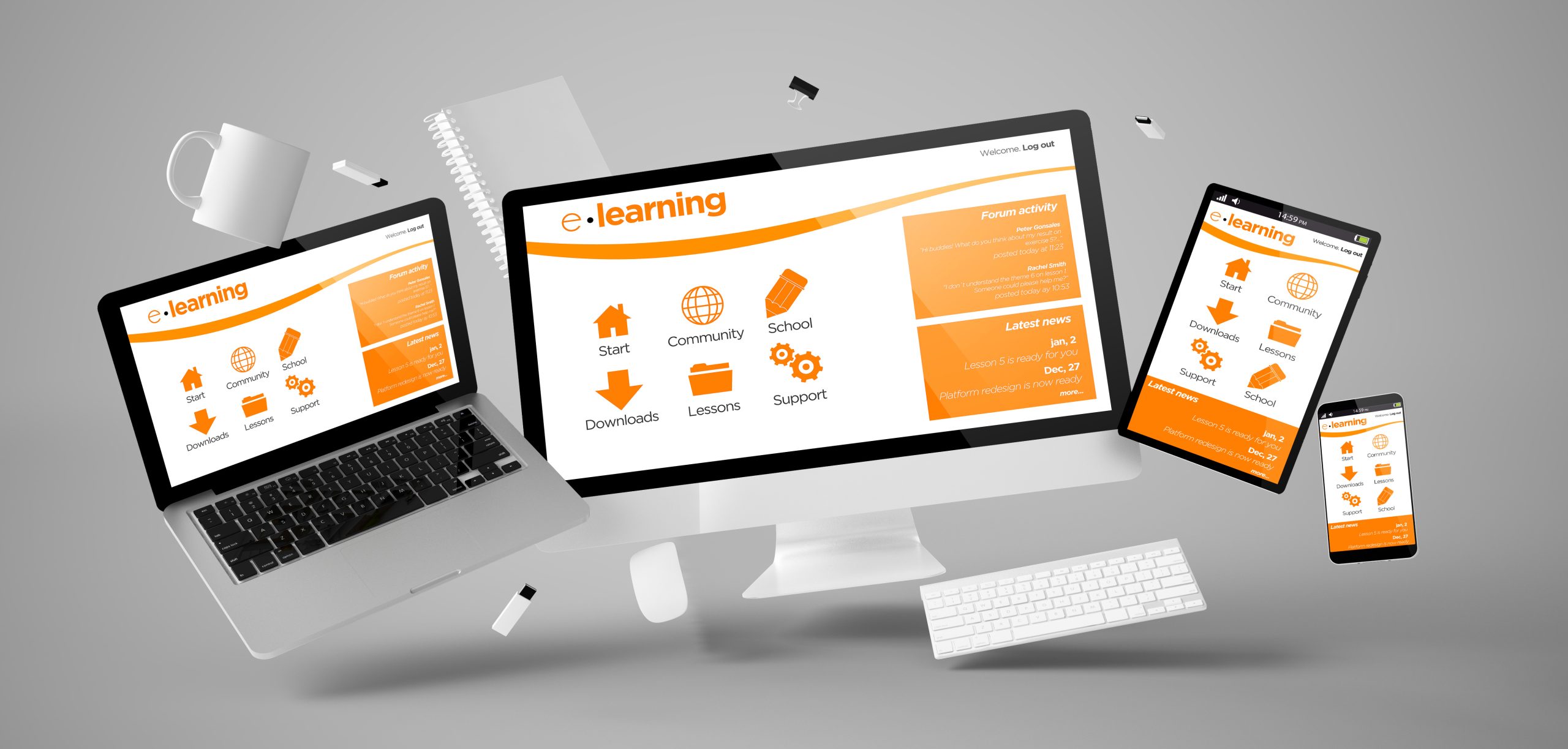Criminal Intelligence Analysis

Evidence-Based Intelligence for Law Enforcement, Crime Prevention, and Strategic Operations
Intelligence That Drives Security and Business Growth
At The Space of Agnes Elisa, criminal intelligence analysis is not just a specialty—it is a mission-driven service built on more than two decades of hands-on experience in law enforcement, criminal investigations, and intelligence operations.
My goal is to support organizations, public safety teams, and criminal justice institutions in making better decisions using data, analysis, and investigative insight.
With extensive expertise in organized crime, narcotics trafficking, gang behavior, and threat detection, I provide criminal intelligence services that are ethical, actionable, and strategically aligned with public safety and justice objectives.


What Is Criminal Intelligence Analysis?
Connecting the Dots to Prevent and Disrupt Criminal Activity
Criminal intelligence analysis is the systematic process of collecting, evaluating, and analyzing information related to criminal activity to support investigations, detect patterns, prevent threats, and inform decision-makers.
Unlike raw data or investigative reports, criminal intelligence analysis connects the dots. It transforms fragmented pieces of information into actionable intelligence that law enforcement, prosecutors, and strategic units can use to disrupt criminal operations and anticipate future threats.
What Criminal Intelligence Analysis Helps You Resolve
This service empowers investigative teams and institutions to:
Identify patterns in criminal behavior and organized networks
Detect links between individuals, events, or locations using data correlation
Anticipate emerging threats or gang activities through predictive analysis
Support decision-making during tactical and strategic operations
Enhance the quality of investigative reports and threat assessments
Conduct link analysis, target profiling, and case reconstruction
Improve inter-agency information sharing and intelligence product standardization
Validate hypotheses with real-time or historical data and OSINT techniques

My Experience in Criminal Intelligence
With over 20 years of combined experience in law enforcement, intelligence units, and inter-agency collaboration, I bring a multidisciplinary and field-tested perspective to criminal intelligence.
I have served as:
Special Agent in Criminal Investigations for the Department of Justice and INTERPOL
Criminal Intelligence Analyst supporting anti-gang and narcotics trafficking operations
Consultant in Intelligence Analysis for community safety initiatives and academic institutions
Trainer and Advisor for law enforcement agencies
Speaker and Researcher on gang culture, organized crime, and urban violence in the Caribbean
My background combines tactical experience with analytical rigor, enabling me to create reports and visual products that support real-world operations and justice outcomes.
Methodologies and Tools I Use
Proven Intelligence Methods Backed by Advanced Analytical Tools
Intelligence Cycle (collection, processing, analysis, dissemination)
Link and association analysis using tools such as i2 Analyst's Notebook
Geographic and temporal crime pattern analysis
Behavior and risk profiling of targets and criminal groups
Structured analytic techniques (SATs)
Red flag detection and early warning systems
OSINT (Open-Source Intelligence) combined with classified data interpretation
Intelligence report writing and briefings for decision-makers
Who Can Benefit From These Services
Tailored Intelligence Solutions for Law Enforcement, Government, and Community Safety
Police departments and municipal law enforcement agencies
Intelligence units and inter-agency task forces
Government prosecutors and investigative commissions
Academic institutions conducting criminological or security research
Non-governmental organizations focused on public safety and violence prevention
Community-based programs working in high-crime areas
Training academies seeking expertise in criminal intelligence techniques
What You Receive
When you work with me, you can expect services such as:
Research publications or white papers tailored for policymakers or academic use
Detailed criminal intelligence reports and dashboards
Briefings on emerging crime trends or gang movements
Investigative case support and network analysis
Strategic threat assessments and situational reports
Intelligence-led training sessions for teams or agencies
Evaluation of current intelligence processes and recommendations for improvement
Caribbean Mob
The significance of the Caribbean Islands in the Drug Trafficking Organizations (DTO) and Organized Crime (OC)

Why Criminal Intelligence Matters More Than Ever
Crime today is more organized, digital, and cross-jurisdictional than ever before. Criminal intelligence analysis gives organizations the ability to:
My expertise covers:
Anticipate criminal behavior before it escalates
Detect organized crime networks hidden beneath surface-level data
Build stronger, more defensible cases through data-supported evidence
Allocate resources more effectively based on real threats
Prevent crime, not just respond to it
Ready to Strengthen Your Investigative Capabilities?
Empowering Organizations to Detect, Prevent, and Act with Confidence
If you’re a public agency, institution, or security-focused organization seeking to enhance your crime analysis, I’m ready to support you with data-driven, field-informed intelligence solutions.
Let’s collaborate to uncover patterns, prevent crime, and inform action.
Contact me today to schedule a strategic consultation.

Let's Connect
If you're seeking support in designing your next learning experience or need expert intelligence consulting for your organization, I invite you to reach out.
I offer tailored solutions that align with your goals and challenges, and I'm always ready to collaborate on projects that create meaningful impact

Frequently Asked Questions
Find answers to common queries about academic research, teaching methodologies, and Agnes Elisa’s work in social justice and criminal justice.
What are the primary responsibilities of a Bilingual eLearning Instructional Designer?
A Bilingual eLearning Instructional Designer is responsible for creating compelling, engaging, and culturally appropriate eLearning content for diverse audiences. Duties include:
- Designing and developing eLearning courses using authoring tools like Articulate Storyline, Rise, or Adobe Captivate.
- Translating and localizing content for multilingual learners to ensure cultural and linguistic appropriateness.
- Collaborating with subject matter experts (SMEs) to gather and refine course content.
- Applying instructional design models like ADDIE or SAM to structure the learning process.
- Integrating multimedia elements like graphics, videos, and interactive activities to enhance learning.
What skills are essential for a Bilingual eLearning Instructional Designer?
Key skills include:
- Instructional Design Expertise: Proficiency in designing engaging, learner-centered content.
- Technical Skills: Familiarity with eLearning tools and Learning Management Systems (LMS).
- Bilingual Proficiency: Fluency in two or more languages to ensure accurate translation and cultural relevance.
- Collaboration: Ability to work with SMEs, developers, and stakeholders.
- Problem-Solving: Adapting designs to address unique learner needs and project constraints.
What is the typical process for creating an eLearning course?
The process often follows the ADDIE model:
- Analysis: Identify the learners’ needs, objectives, and content requirements.
- Design: Develop a blueprint, including learning objectives, activities, and assessments.
- Development: Build the course using eLearning tools, incorporating multimedia and interactivity.
- Implementation: Upload the course to an LMS or platform and ensure it functions properly.
- Evaluation: Collect learner feedback and analytics to improve the course.
How does being bilingual enhance an eLearning Instructional Designer's effectiveness?
Being bilingual enables designers to:
- Create inclusive and culturally sensitive content for a global audience.
- Translate and localize training materials while maintaining instructional integrity.
- Communicate effectively with multilingual teams and stakeholders.
- Adapt designs to address linguistic nuances and cultural differences, ensuring relevance and engagement for all learners.
What challenges do Bilingual eLearning Instructional Designers face, and how can they overcome them?
Challenges include:
- Maintaining Consistency Across Languages: Ensuring the same quality and instructional intent in all translations.
- Solution: Use translation memory tools and collaborate with professional linguists.
- Cultural Differences: Adapting content to suit the cultural context of learners.
- Solution: Research and include culturally relevant examples and scenarios.
- Technology Limitations: Navigating LMS restrictions or tool compatibility issues.
- Solution: Test content on various platforms and devices to ensure accessibility.





